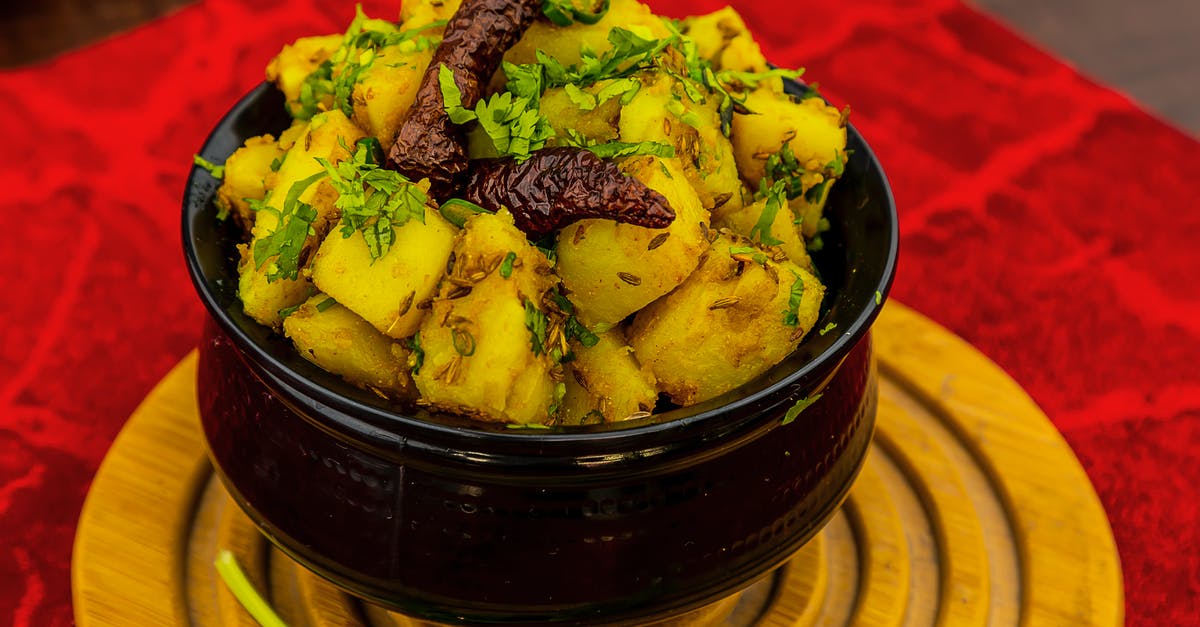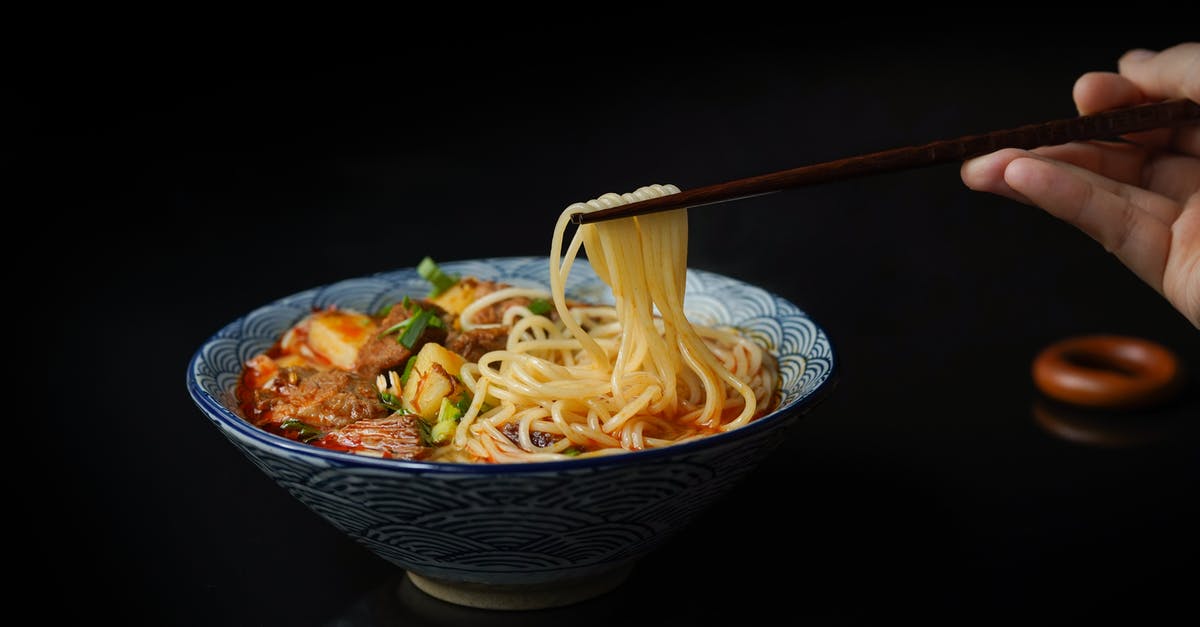Could rice or pasta be cooked without hot water?

I moved in a brand new house. I have no stove, microwaves or hot water for a week or two.
I'm vegetarian and I've already prepared fresh veggies wrap, salad, hummus, sandwichs, .. but I'm wondering if you could cook any kind of pasta or rice without hot water.
A long time ago I read pasta could be softened in cold water before boiling it to cook it quicker.
Best Answer
Wetted starch is not the same thing as cooked starch. If you want to see the difference in a simple experiment, make two starch slurries, boil one into a pudding, and leave the other one cold. Starch only gelates at high temperatures (I think it starts around 70°C, but needs even more to complete the process).
When you have a grain of rice, you have the problem that the starch is very closely packed together, and water can't penetrate into the center of the grain too well - the outside layers soak all the water they come in contact with, and so water only seeps into the center of the rice after the outer part has been hydrated. It is similar for pasta. In the worst case, when you cook rice, the time needed for cooking will be enough to heat the whole grain to the gelating temperature, but not enough for the water to hydrate the innermost part of the corn. This is fine if you want hardish-cooked rice, but if you want soft, mushy rice, you should presoak it so the inside is already hydrated when you start cooking it. I suppose you can do the same with pasta. This is the reason why some sources will advice you to presoak.
But, as I said, this is not the same as cooking. Yes, the rice or pasta will get soft, so you won't break your teeth if you try to eat it. But it will still be raw starch. I don't know if it is unhealthy to eat raw starch (my mother certainly told me so, but it could have been a myth; I asked a question about that and got no conclusive answers). But it will probably taste unpleasant, similar to raw potatoes or raw flour. I would try to get other sources of food for this time period. Or, as @justkt's comment suggests, it is easy to get an electric kettle in a brand new house before the kitchen is installed. You can use it to pour cooking water over "instant" versions of pasta and rice. These have been pregelated and then dehydrated, so don't need a prologned cooking. They are usually available as instant hot soup or rice meals in sachets and cardboard boxes, I haven't seen them as pure ingredients.
Pictures about "Could rice or pasta be cooked without hot water?"



Can you make rice without hot water?
Yes, the rice or pasta will get soft, so you won't break your teeth if you try to eat it. But it will still be raw starch.Can I cook pasta without boiling water?
SPOILER ALERT: It turns out that not only do you not need a large volume of water to cook pasta, but in fact, the water does not even have to be boiling.Can pasta cook in cold water?
"Although you can definitely cook pasta in cold water, you risk overcooking (it) because the starch has more time to release," she told TODAY. "It's not as precise. In other words, the pasta had more time to absorb water, causing it to be mushy. "Pasta cooked too long also can have an increase in glycemic index.Can you cook pasta without liquid?
In fact, not only do you not need a huge amount of water to cook perfectly delicious, al dente pasta, you don't need water at all: you can simply cook the pasta in whatever sauce you're planning to toss it with.Why I stopped boiling my pasta water.
More answers regarding could rice or pasta be cooked without hot water?
Answer 2
Ramen, or instant, noodles are usually precooked, so you ought to be able to get away with just a cold water soak. ramen "no cook" turns up many recipes, but I'm not finding how long a soak is needed for rehydration with cold water.
Answer 3
You can make rice in a crock pot. There are 2 methods that I know of, one of which I use all the time.
- (this is the one I haven't used, but have heard of it from reliable sources) An hour before serving your meal, fill a crock pot liner with the amount of water/salt/rice that you would normally use. Put it at the top of the pot, using the lid to keep it there (meaning to put both sides of the top of the bag over the lid of the pot and put the cover over the edges). Fluff with a fork before eating.
- I take a pyrex or any other oven safe bowl that's big enough to hold the amount of cooked rice that I want, put the rice, water, and whatever else I want into the bowl, and put it in the crockpot at the beginning of the cook time for whatever dish I'm making. I put it to the side of the main dish that is already cooking in there. It comes out perfect every time.
This is, of course, assuming you have access to a slow cooker (which would probably be a good idea if you don't have access to hot water or a stove).
Answer 4
Camp stove. Sterno cans at sporting goods store--cheap. Or outside grill--but it will take a while.
Remember you only need to bring it to boil or very hot, then let it sit for a while.
Answer 5
Two ideas come to mind. First, 'instant' rice or noodles are likely precooked or partially so, or otherwise processed so that cooking isn't required to be digestible (the hot water serving to rehydrate and warm the food instead). It is likely that a longer soak in cold water would be able to rehydrate them, and they would likely be much more digestible than attempting the same with an uncooked variety - the problems with witch are mentioned in rumtscho's answer. It might be helpful to set the soaking rice or noodles in the sun, the warmth will help the process along even if it never boils, much like sun tea.
The second idea might be technically correct but is less helpful, and I really do not recommend taking it seriously unless you can find a really reputable source/recipe/expert - but it might be possible to breakdown the starches of the raw foods in a way that makes it edible, by fermenting it. This is not totally unknown - dhosa or idli are sometimes made from fermented rice dough, and fermented flour (which raw pasta is made from) pretty much gets you to a sourdough situation. However, both of these require further cooking (either baking or pan-frying), and so are probably not safe to consume without that further step. Even such recipes as Taipei fermented rice-wine soup or lacto-fermented rice are boiled at some point before consumption. So while that further cooking doesn't have to require "hot water" specifically, thus fulfilling the question's requirements, hot water is usually trivial to produce if you have any other method of cooking. I suppose you might be able to sun-bake the results if you have some dark stone out in the sunlight that gets hot enough (in the spirit of cooking eggs on a sidewalk), or sun-dried then toasted over open flames (as in, say, a candle). But, again, I don't recommend it unless you've got a really good source for how to do so safely.
Answer 6
Rice is made to be hot. The chemical reaction happens through enough energy to allow the water in, otherwise, you get stale rice.
Sources: Stack Exchange - This article follows the attribution requirements of Stack Exchange and is licensed under CC BY-SA 3.0.
Images: Anil Sharma, Artem Beliaikin, Trista Chen, Cats Coming
